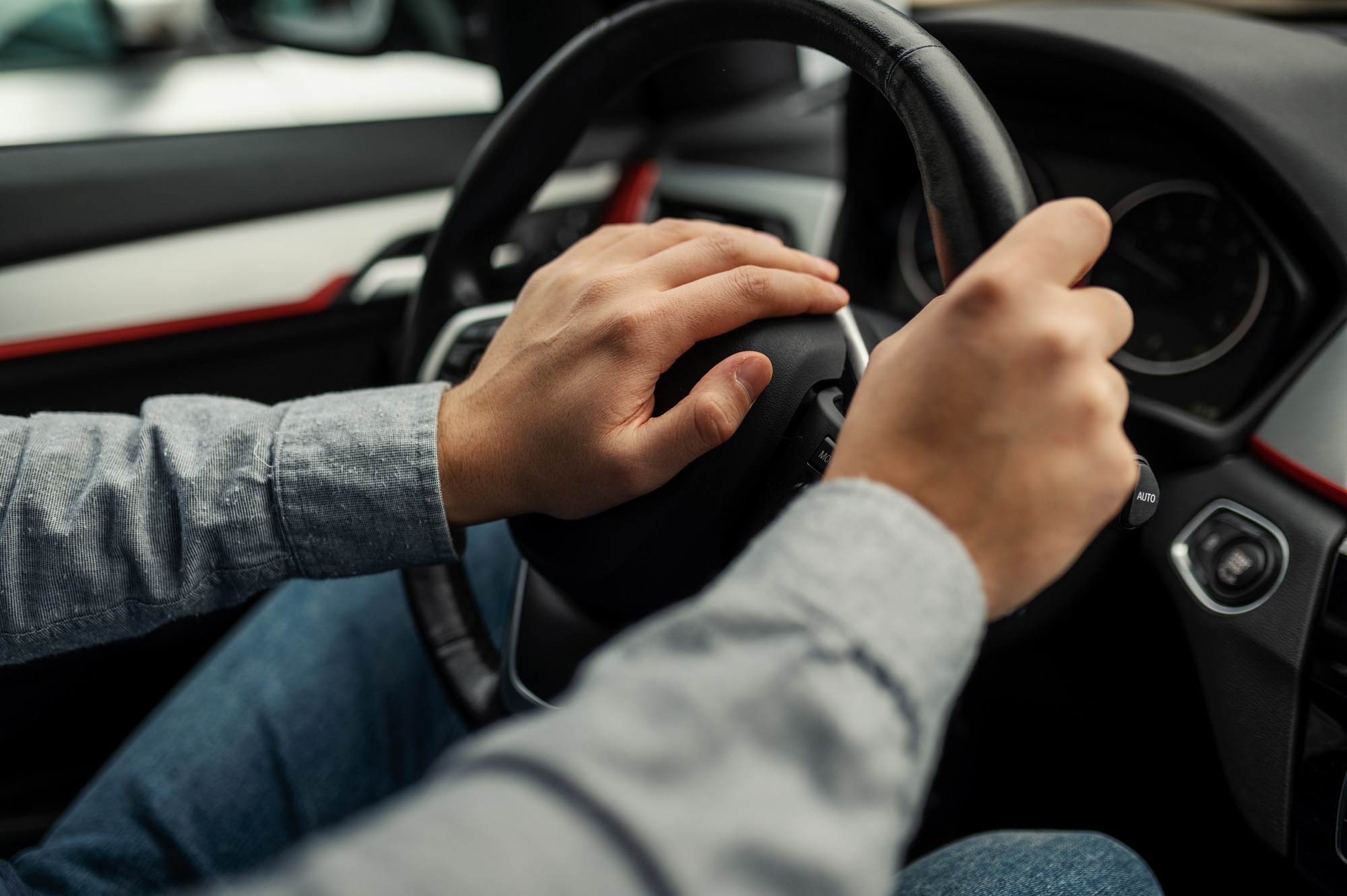How Does a Car Horn Work?
Vehicle horns of the modern age have a common underlying structure.
 Shutterstock
Shutterstock
While the United States government does not mandate horns on cars and light trucks, nearly all states and territories — including states such as Wyoming and New Hampshire — require an audible signaling device in such vehicles. As a matter of safety and convenience, every passenger vehicle should have a horn of some sort. How horns function is not always understood.
The Early Days of the Car Horn
Most of the earliest motor vehicles didn't have electrical systems as we know them today. The Bosch magneto ignition systems and their Ford Model T relatives were designed to produce engine spark from low-voltage sources and couldn't be counted on to feed other electrical devices.
This meant that almost all of the earliest car horns used purely mechanical means of making noise. There were bicycle-style horns with squeeze bulbs — including some made to resemble snakes — handle-operated noisemakers, and so on.
Once electric engine starters and breaker-point ignitions became commonplace beginning in the 1910s, the lead-acid car battery and its steady power output showed up in cars. This meant that electric horns became simple to install and led to what we might call a horn revolution.
The Klaxon Car Horn
Colloquially known by its onomatopoeic name, the "ah-oo-gah" horn first went on sale with the trademarked Klaxon name in 1908. It used an electric motor to rub a spring-steel diaphragm with a toothed wheel, producing its distinctive horn sound.
This early 20th-century design is the ancestor of nearly all car horns to this day. A spring-loaded metal diaphragm is pulled by an electromagnet, which then opens a pair of contacts to break the electrical connection that powers the electromagnet, with the operation repeating at great speed.
Controlling the frequency of this sequence gives you the pitch — 256 times per second produces a middle-C tone. The earliest examples of such horns used a trumpet-like bell to amplify and direct the car horn sound, while later ones rolled up the bell into a more compact snail-like shape.
The Dawn of the Modern Car Horn
Since the 1940s, most new cars have been built with a horn operated via a control on the steering wheel or steering column. The driver-controlled electrical switch actuates a relay, which then sends power to the horn or horns.
Using a buzzer-type mechanism without the amplifying bell or snail results in the common disc-shaped horn that is easy to fit in cramped spaces. These horns tend to have a more plaintive sound.
More expensive vehicles generally use a pair of horns, generally snail type, each of which generates a different tone. This results in a louder total output and a pleasing chord. Some cars have three or more snail horns. Many Cadillac Fleetwoods of the 1950s through 1970s had famously great-sounding triple horns.
Cheaper cars might get just a single horn, often of the disc type. Fortunately, it's possible to upgrade such horns to more forceful types.
Written by humans.
Edited by humans.
 Murilee Martin
Murilee MartinMurilee Martin is the pen name of Phil Greden, a Colorado-based writer who appreciates Broughams d'Elegance, kei cars, Warsaw Pact hoopties, and the Simca Esplanada.
Related articles
View more related articles